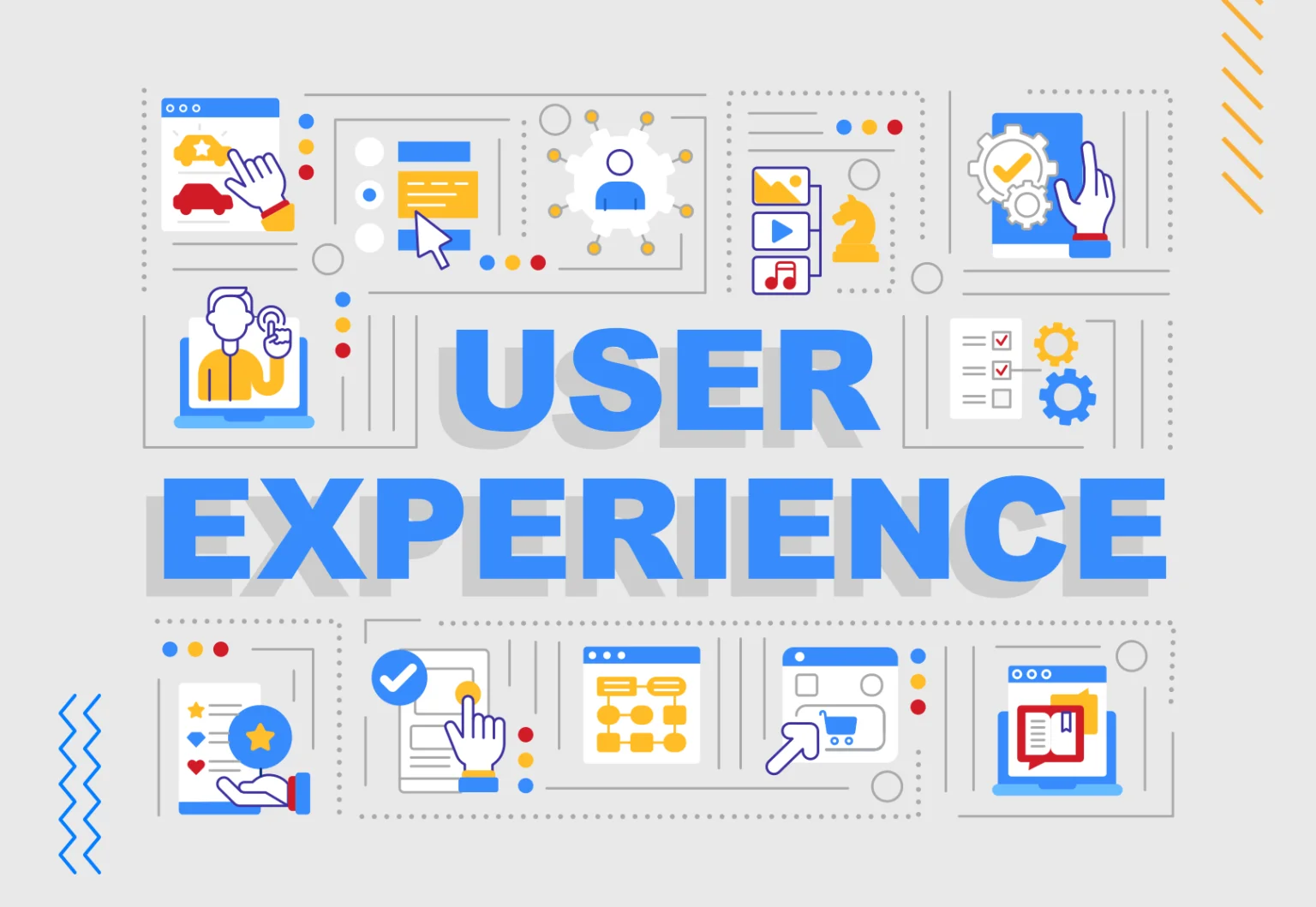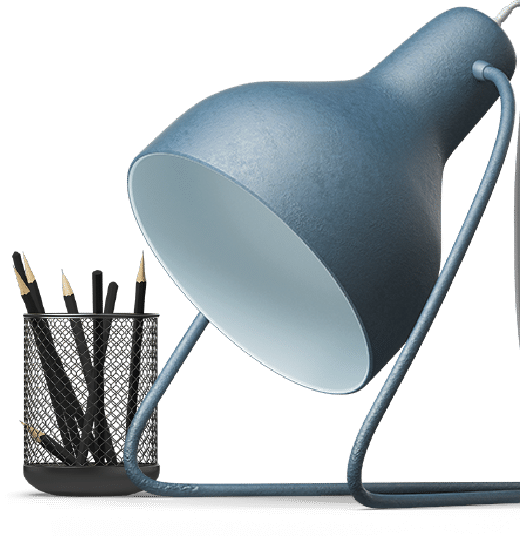Advantages for UX with custom design
In my experience implementing custom designs, I’ve seen how they provide significant UX benefits. Because every element is purpose-built, custom designs perfectly address user pain points and behaviors uncovered through research. They enable you to curate user journeys without restrictions and create emotional connections through design. Engaging in user experience driven design helps with strengthening brand loyalty.
The flexibility of custom design translates directly to better user experiences. For example, I recently worked with a Sarasota restaurant that struggled with online reservations despite decent website traffic. After implementing a professional custom web design UX-driven redesign, they experienced a 50% increase in online reservations within just three months. The key was eliminating specific friction points in the reservation process that were causing potential diners to abandon their booking attempts.
This level of tailored problem-solving simply wouldn’t have been possible with a template that imposes one-size-fits-all structures, ignores user journey mapping, and doesn’t develop interaction patterns. The features of custom web design make it so a business can put its unique selling points online while accommodating the user perfectly.
Challenges and costs of custom design
I’m always transparent with clients about the trade-offs. Custom designs require a higher upfront investment, typically ranging from $5,000 to $30,000 depending on complexity. They also demand longer timelines, usually 2-4 months as every aspect is planned, designed, tested, and refined over multiple iterations.
Maintaining a custom site often requires additional resources and specialized developer support, especially if built with advanced PHP programming or unique backend functionality. I’ve seen businesses struggle when they lack technical teams or ongoing maintenance budgets for their custom sites.
Why Custom Design Excels in UX
Where custom design truly shines is in addressing unique user behaviors and expressing brand identity. When I build custom sites, I can differentiate the experience entirely in line with the client’s vision, creating UX solutions that feel personal and thoughtful. This is impossible with pre-built templates.
Additionally, the flexibility inherent in custom builds ensures that the website’s user experience scales gracefully with growing content, traffic, or functionality needs. Clients retain full control to adapt navigation, integrate new technologies like AI personalization, and optimize performance without template-imposed limitations.




